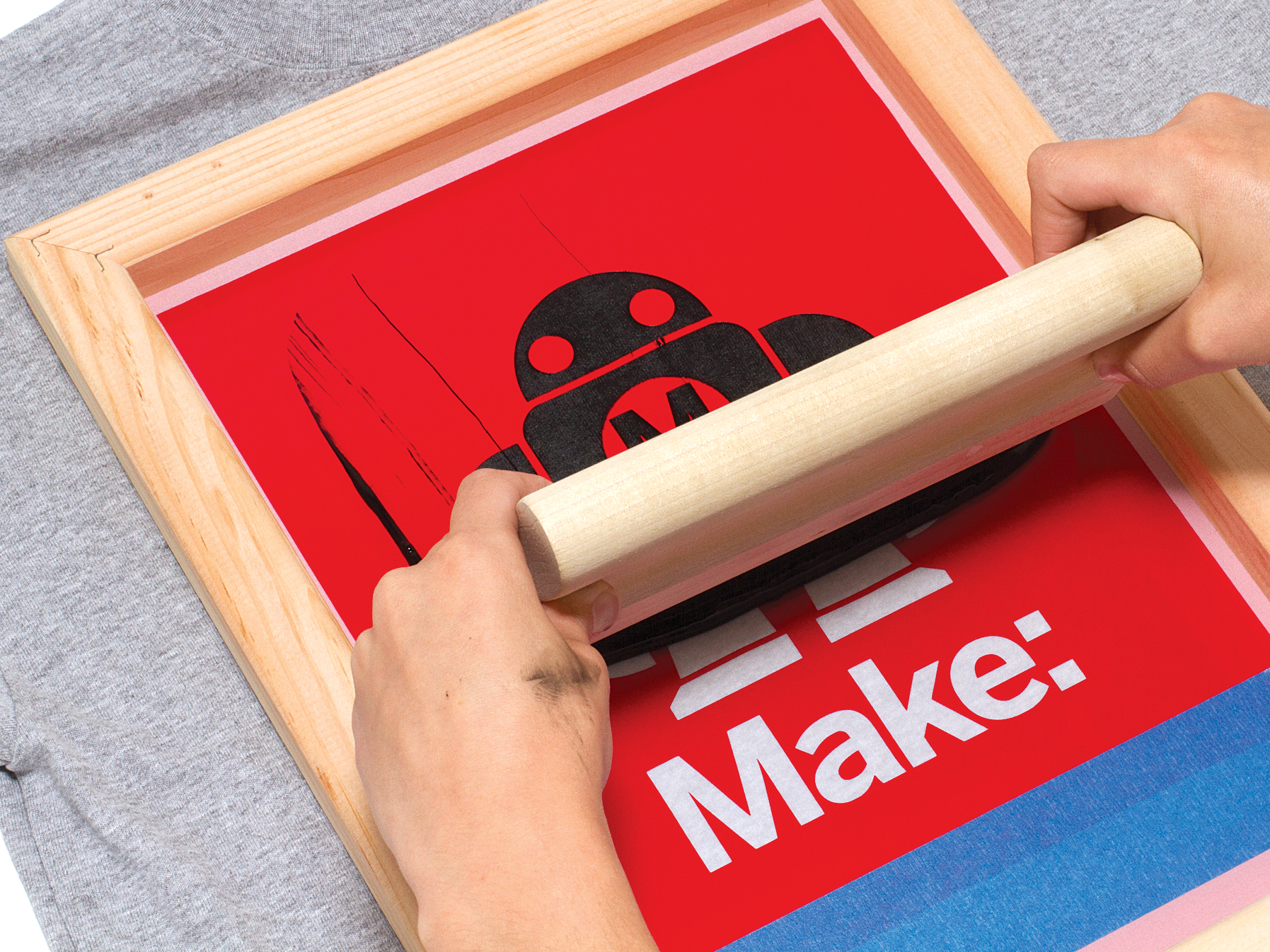The Essential Overview to Recognizing Screen Printing and Its Versatile Makes use of
Screen printing has an abundant background that goes back to ancient times, evolving right into an advanced technique utilized across numerous industries today. This overview explores the details of the screen printing process, describing its applications in style, advertising, and home style - 10:9 Design Screen Printing Texas. Recognizing these basics can open creative capacity for both imaginative and commercial jobs. The adhering to sections will disclose important pointers and techniques to improve one's screen printing undertakings
The History of Screen Printing
Screen printing has origins that trace back centuries, its development shows the artistic and technological improvements of various societies. Originating in ancient China, the technique was at first made use of for enhancing textiles and later spread to Japan, where it ended up being important to Ukiyo-e woodblock printing. The approach changed to Europe in the 18th century, where it got popularity among artisans and business printers. The invention of photo emulsion in the 20th century transformed screen printing, enabling for more elaborate styles and higher efficiency. Artists like Andy Warhol even more moved its popularity, using the medium to develop legendary jobs that mixed commercialism and art. By the late 20th century, screen printing had established itself as a flexible strategy, used in vogue, marketing, and art. Today, it remains to advance, incorporating digital modern technology and expanding its applications across numerous sectors.
The Screen Printing Process Explained
Screen printing transforms imaginative visions right into concrete designs via a collection of accurate steps. Originally, a picture is produced and then moved onto a screen, commonly made from fine mesh textile extended over a frame. A light-sensitive solution is put on the screen, which is exposed to light, setting in areas not covered by the photo. After rinsing the unhardened emulsion, a pattern is developed.
Next off, the screen is put over the substrate, whether it be fabric, paper, or one more material. Ink is after that pushed through the open locations of the stencil making use of a squeegee, depositing the design onto the substratum below. This process can be duplicated for multiple shades, requiring different screens for each and every hue. Ultimately, the printed thing is cured making use of heat to assure the ink adheres appropriately, resulting in a long lasting, vibrant style all set for use.
Kinds of Screen Printing Techniques

Additionally, specialized techniques, such as discharge screen printing, get rid of dye from the textile to produce softer prints, while aluminum foil screen printing applies metal foil to attain a shiny coating (10:9 Design Texas). Each strategy provides distinctive characteristics, satisfying different imaginative needs and manufacturing scales, eventually expanding the opportunities within the screen printing domain
Applications of Screen Printing in Different Industries

Additionally, the signs and marketing sectors use screen printing for developing captivating displays and banners. This technique permits for bold colors and detailed designs that catch focus. In electronics, screen printing is utilized for using conductive inks to circuit boards, necessary for component links. The home decoration sector accepts screen printing to produce unique layouts on textiles and wall art. On the whole, screen printing offers as a crucial tool throughout diverse fields, improving items with customized and aesthetically enticing graphics.
Tips for Effective Screen Printing Projects
While taking on a screen printing project, careful attention to detail can considerably enhance the final outcome. Picking high-grade products is crucial; this consists of the screen, inks, and substratums. Using proper mesh matters can impact ink deposition and detail resolution. Preparation is equally important; comprehensive cleaning of screens and correct direct exposure times assure crisp prints.
Next off, precise enrollment is essential for multi-color prints. Making use of positioning tools can aid attain exact layering. Furthermore, testing prints on scrap products before production helps recognize possible problems without squandering resources.
.png)
Often Asked Questions
What Materials Are Ideal for Screen Printing on Fabric?
Cotton and polyester blends are excellent for screen special info printing on material due to their toughness and ink absorption. Additionally, specialized fabrics like silk or canvas can create special textures and surfaces, enhancing the overall design quality.
Just how Do I Tidy and Maintain Screen Printing Tools?
To cleanse and preserve screen printing equipment, one should routinely wash displays with ideal solvents, check mops for wear, lube moving components, and shop all products in a dry, dust-free atmosphere to prolong their lifespan.
What Are the Environmental Effects of Screen Printing?
Screen printing can have substantial ecological effects, consisting of chemical waste from solvents and inks, water use during cleaning processes, and energy consumption. Environmentally friendly materials and lasting practices are important for minimizing these adverse effects.
Can Screen Printing Be Done in the house Successfully?
Screen printing can be successfully done at home with the right products and methods. Hobbyists can produce quality prints, though success relies on their ability level, devices, and understanding of the process entailed.
What Are the Expenses Related To Beginning a Display Printing Organization?

Starting a screen printing business includes prices for equipment, materials, and office. Initial costs typically range from a couple of hundred to a number of thousand bucks, depending upon the range, quality of machinery, and desired manufacturing capacity.
Screen printing has an abundant history that dates back to old times, advancing right More hints into an innovative technique utilized throughout various markets today. One more strategy, rotating screen printing, employs cylindrical screens, facilitating continuous printing on material rolls, thereby enhancing performance for large manufacturings. In addition, specialty strategies, such as discharge screen printing, get rid of dye from the material to develop softer prints, while foil screen printing uses metallic foil to accomplish a glossy finish. In the fashion field, screen printing is widely utilized to develop vivid designs on clothing, making it possible for brands to display their unique styles. Cotton and polyester blends are excellent for screen printing on fabric due to their sturdiness and ink absorption.